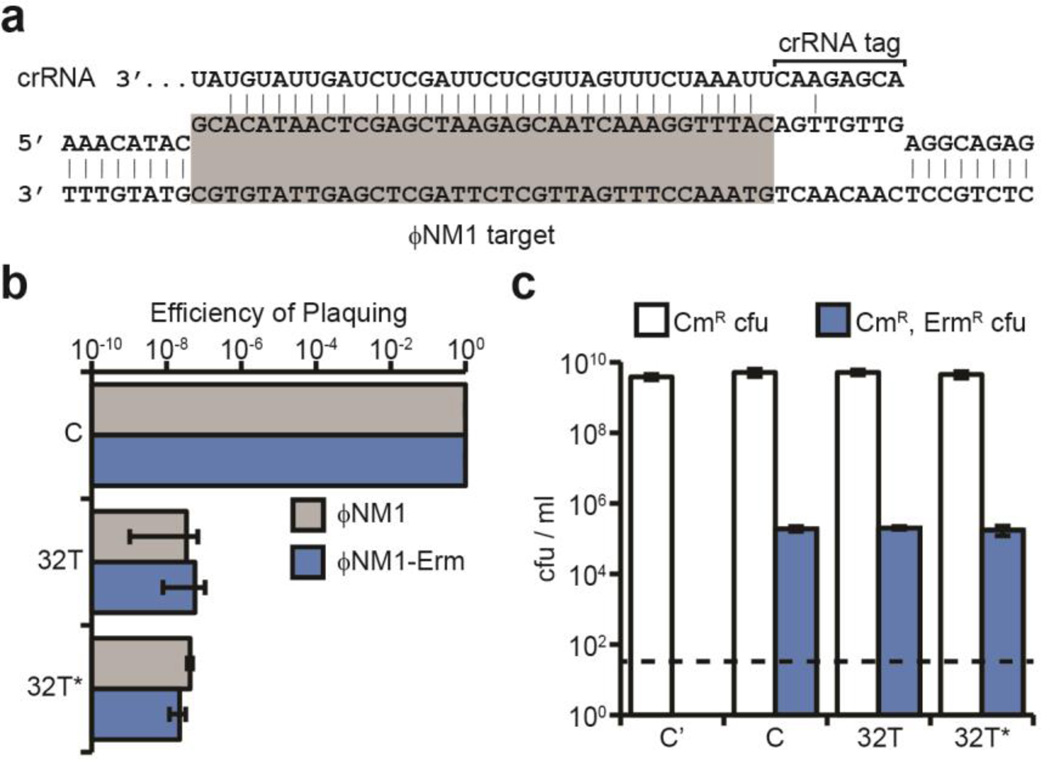Fig. 1. Type III-A CRISPR immunity can block lytic infection but tolerate lysogenization.
a, Base pairing interaction between crRNA 32T and its target in the ΦNM1 genome (highlighted in gray). The crRNA tag is a sequence transcribed from the CRISPR repeat that needs to be unpaired with the flanking region of the target to license immunity. The target gene is transcribed from left to right. b, CRISPR immunity against ΦNM1 infection provided by spacers 32T and 32T* (similar to 32T but without mismatches), measured as a decrease in the number of plaque forming units (pfu) with respect to the non-targeting control pGG3 (C). c, Lysogenization with ΦNM1-ErmR in the presence of spacers 32T and 32T* or the pGG3 control (C), measured as the number of chloramphenicol- and erythromycin-resistant colony forming units (cfu) per ml obtained after infection. Control cells lysogenized with ΦNM1 (C’) lack the ermC insertion and do not yield erythromycin-resistant cfu. Error bars: mean ± s.d. (n=3).

